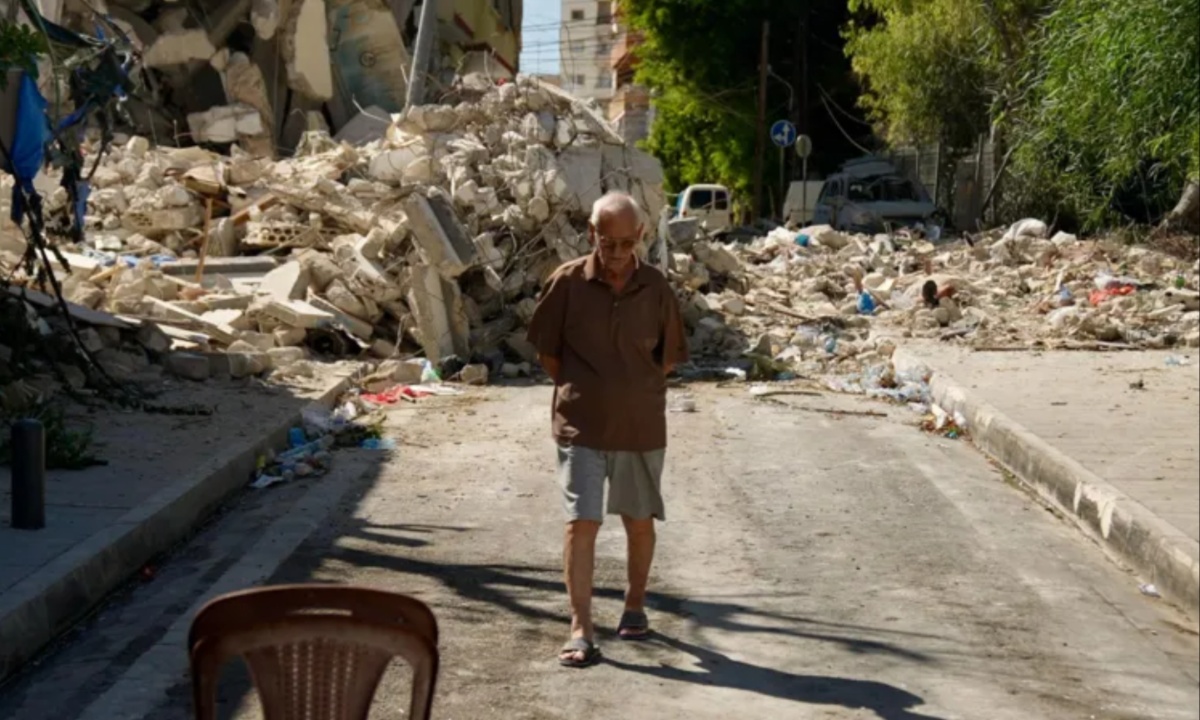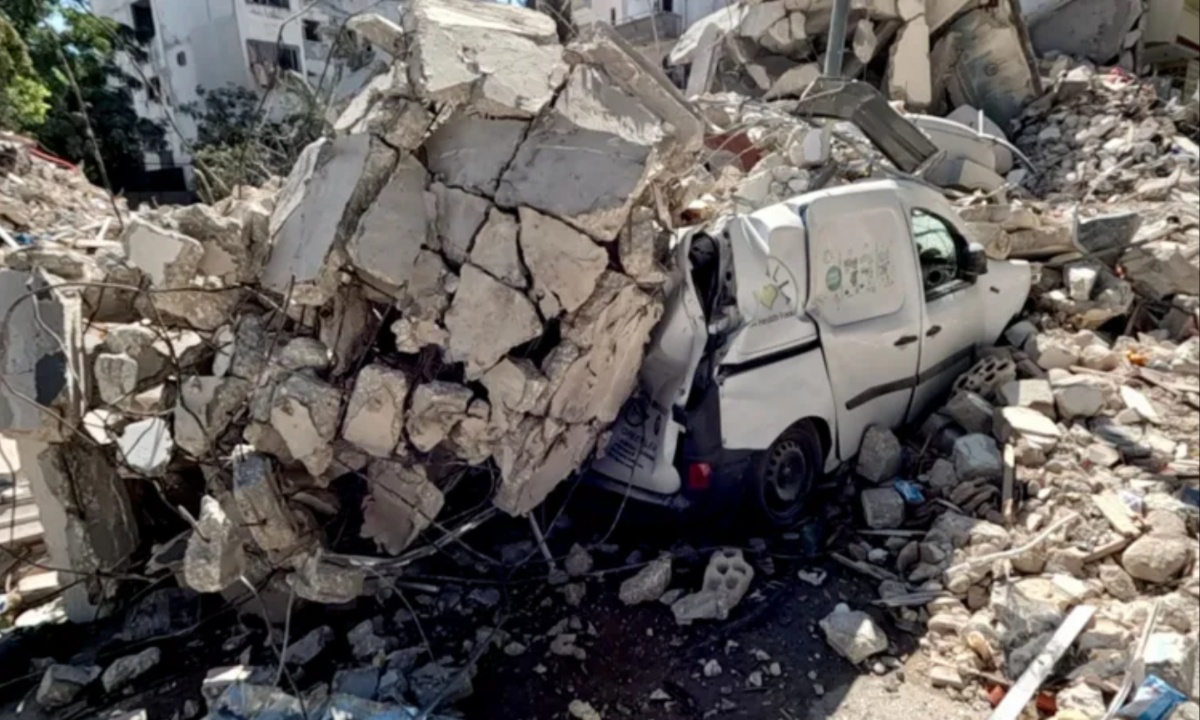In Tyre, a city in southern Lebanon, daily life has become a hurried and cautious affair due to the ongoing conflict. Conversations on the streets are brief, as lingering is deemed dangerous; the threat of Israeli bombings and Hezbollah rocket fire looms large.
Residents are acutely aware of their vulnerability, with Israeli drones frequently hovering above and the sound of military activity becoming a constant backdrop. The few remaining civilians navigate empty roads, always mindful of the possibility of being targeted.
The impact of the war has decimated Tyre’s vibrant community, once known for its rich history and beautiful beaches. Shops are closed, and streets lie deserted, contributing to an eerie silence punctuated only by the explosions of nearby airstrikes.
The local civil defense teams have had to abandon their posts, as even they are not immune to the violence. Reports indicate that Israeli airstrikes have intensified, employing heavy munitions that threaten the already fragile infrastructure of the city.
The healthcare system is under immense strain, with hospitals overwhelmed by the number of casualties. Doctors, such as Dr. Salman Aidibi, express their exhaustion as they treat a constant influx of injured individuals, primarily women and children.

Life in Tyre Becomes a Struggle Amid Escalating Conflict and Constant Threat of Violence
The case of nine-year-old Mariam, who is recovering from severe injuries, highlights the toll that the conflict has taken on innocent lives. Dr. Aidibi emphasizes the emotional burden on medical staff, who continue to work tirelessly amid the chaos, hoping for peace but preparing for the worst.
Amid the destruction, some residents like Hassan Manna refuse to abandon their homes. He runs a small coffee shop and insists on staying put, drawing strength from his family and community.
Despite the traumatic loss of five neighbors in an Israeli airstrike, Hassan maintains his resolve, stating he would rather face danger in his home than leave. His determination reflects a broader sentiment of resilience among the populace, who cling to their identity and history despite the overwhelming odds.
In the wake of airstrikes, questions arise about the nature of the conflict and the intended targets. While Israel claims to focus on Hezbollah operatives, local witnesses and healthcare professionals insist that civilians are bearing the brunt of the violence.
Hassan’s anguish over the loss of his neighbors underscores the tragedy of a conflict that blurs the lines between combatants and non-combatants. The assertion that military targets are hidden among civilian populations only deepens the sense of injustice felt by those who suffer the consequences.
The atmosphere of fear and uncertainty extends beyond Tyre, affecting the broader region. Residents of nearby Christian areas express their anxiety, describing sleepless nights and a constant state of alertness. They recount the devastation that has befallen villages close to the border, reflecting on the unprecedented destruction compared to previous conflicts.
With no clear end in sight and a palpable sense of despair, the community grapples with an uncertain future, feeling as though they are trapped in a dark tunnel without a way out. As regional powers watch the unfolding situation, the path ahead remains ambiguous and fraught with peril.











































